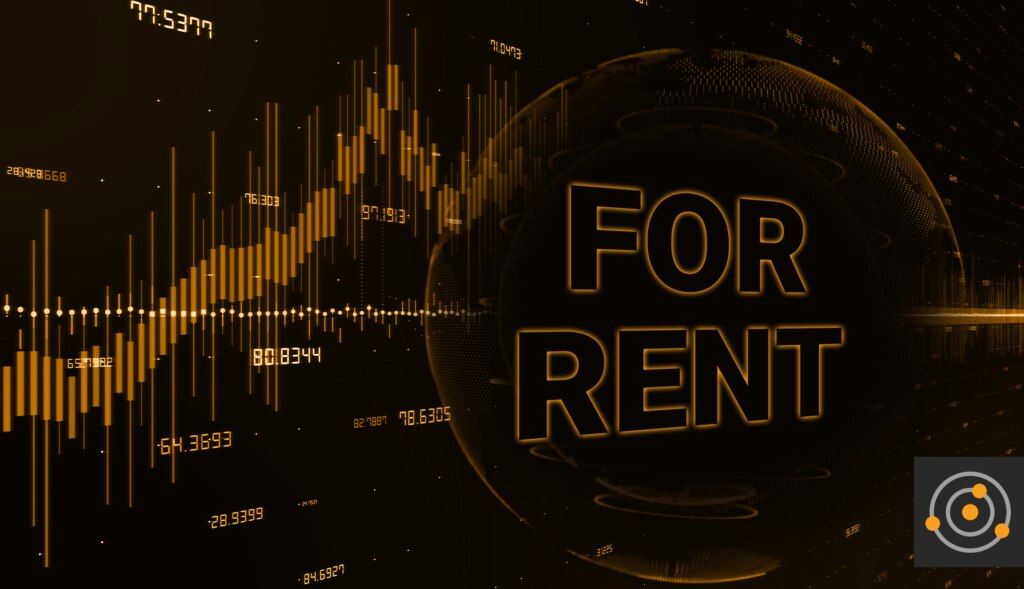Do you remember the good old days when you saved up your hard-earned cash to buy the shiny thing you’d been longing for? You know, like that Betamax player, the TV with the lovely wood veneer surround, or a Chevrolet Corvair? What happened to those days?
I remember as a young lad growing up in the U.K., there were shops like Radio Rentals or Rumbelows where you could get something “
On Tick.” ¹ It didn’t seem like the done thing at the time; it almost seemed like a dirty word.
“Hey, have you heard, Sheila got her fridge-freezer on tick.” The look of shock on people’s faces!
Now fast forward 25 years and here we are—almost everything is available on a buy now, pay later or rental model. Want a way to access films quickly? Here’s a Netflix subscription. Need something to watch them on? Hey, here’s a 100” Ultra HD 8K, curved, HDR, smart TV with built-in Freeview and Freesat, yours for 60 low monthly payments of £200. Need a new set of wheels? No problem. Something like 82% of all new cars in the U.K. are purchased with a PCP payment plan. This is people reaching for the shiny thing and being able to get it when previously they couldn’t or shouldn’t.
The OpEx Model
So, what’s my point and how is this relevant to the IT landscape?
First and foremost, rental models can work out more profitably for the vendor selling the goods. Slap a little interest premium on the payments as the cost is spread over a longer term. A rental income is more predictable as well, the annuity is the name of the game.
Incentivizing the rental model makes it look more attractive. Look at the cost of an iPhone, for example. Each new release gets more and more expensive. My first four cars combined cost less than a new iPhone 11 Pro. But Apple (and others) are smart. Pay your monthly sum of cash and every 12 months, they’ll give you a new phone. And oh heck, if you drop it and smash the screen, no problem—it’s covered in the monthly cost. You don’t get that service if you buy an iPhone upfront with your hard-earned cash. It makes customers sticky, as in they’re less likely to move elsewhere.
Now let’s look at IT vendors. Microsoft, Amazon, Dell, HPE, you name it, their rental model fits nicely into an OpEx purchasing plan.
There’s no denying Microsoft has killed it with Office 365. This is something I’ll dive deeper into in an upcoming blog post. AWS and all public clouds allow you to pay for what you consume, on a monthly basis, although this cost isn’t always predictable.
Even hardware vendors are at it. Dell can wrap up your purchase in a nice finance package spread over 3 – 5 years. HPE has their Green Lake program, which is, and I quote, “
Delivering the As A Service experience. We live in a consumption-based world—music, TV shows, groceries, air travel and much more. Why? Because consuming services delivers a better outcome faster, in our personal lives and in business. It’s true for music, and it’s also true for IT.” ²
Conclusion
So why Meh, CapEx? In an increasingly diverse IT landscape, with more and more solutions delivered As-A-Service, coupled with the increased pace of innovation, it can be difficult to predict costs and get it right with a CapEx investment lasting 3 – 5 years. I mean, who wants to still be rocking an iPhone 11 in 2024?
¹
On Tick—To pay for something later, via Urban Dictionary https://www.urbandictionary.com/define.php?term=get%20it%20on%20tick
²
HPE Green Lake Quote https://www.hpe.com/uk/en/services/it-consumption.html 







